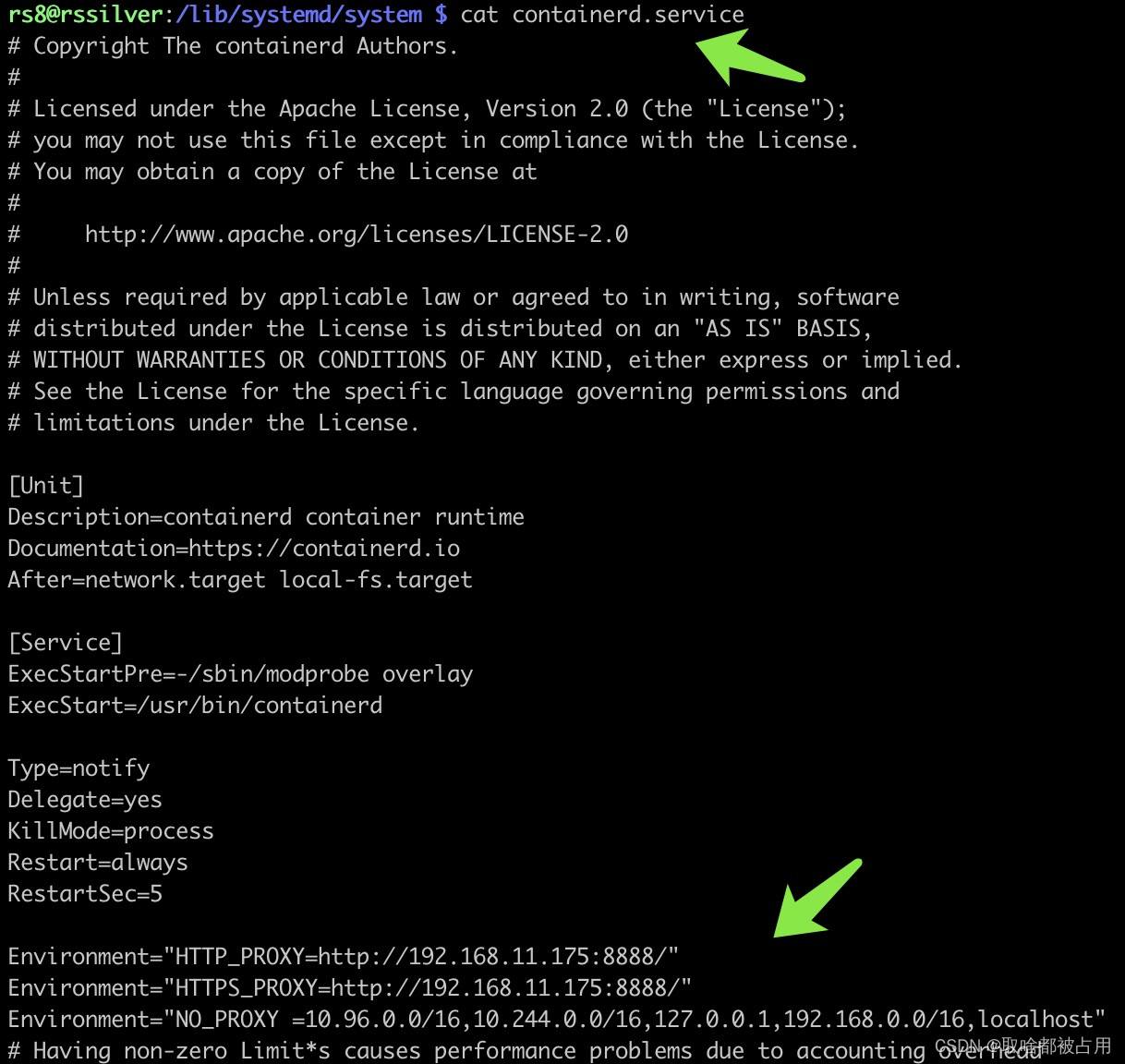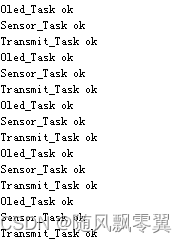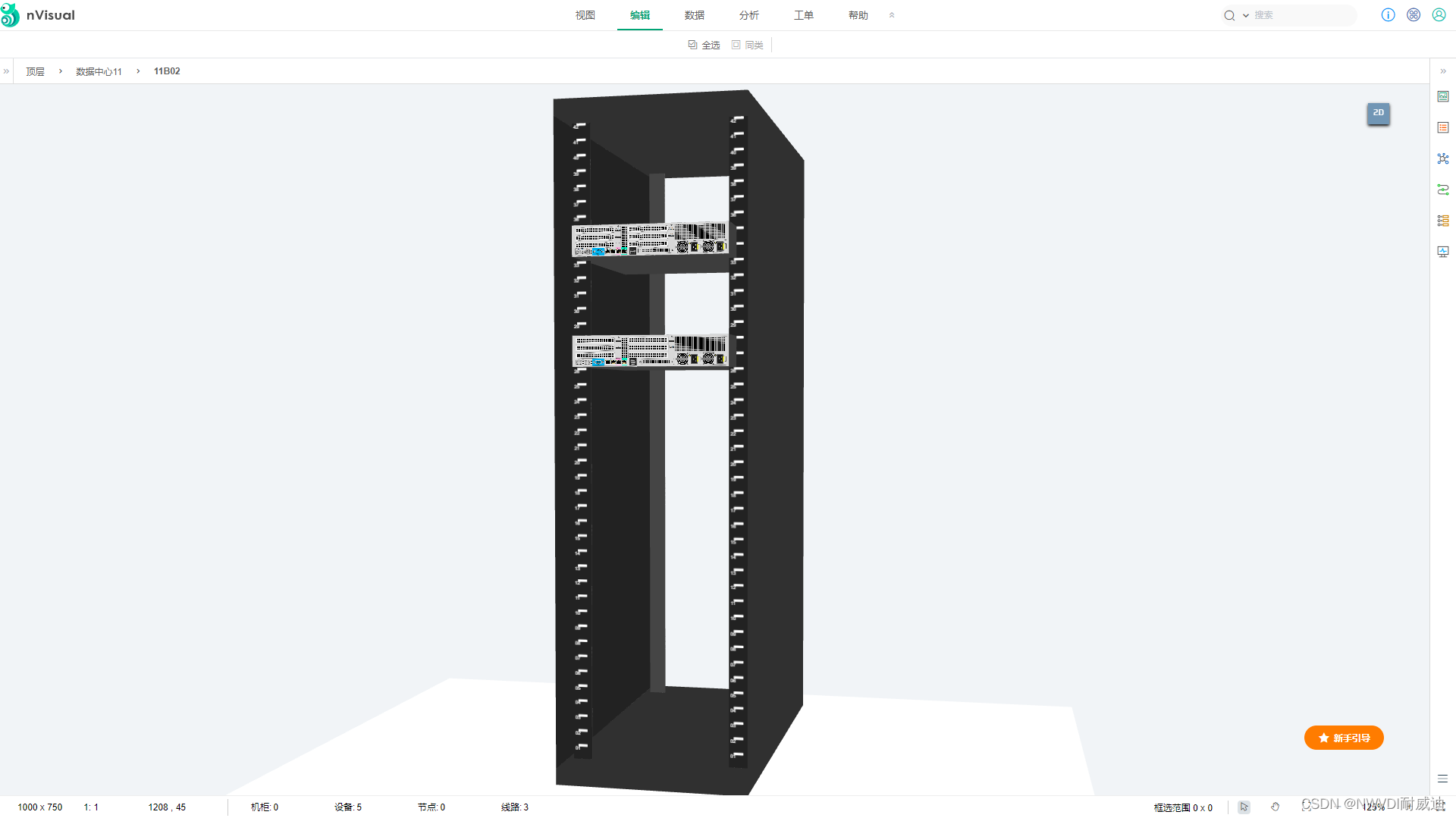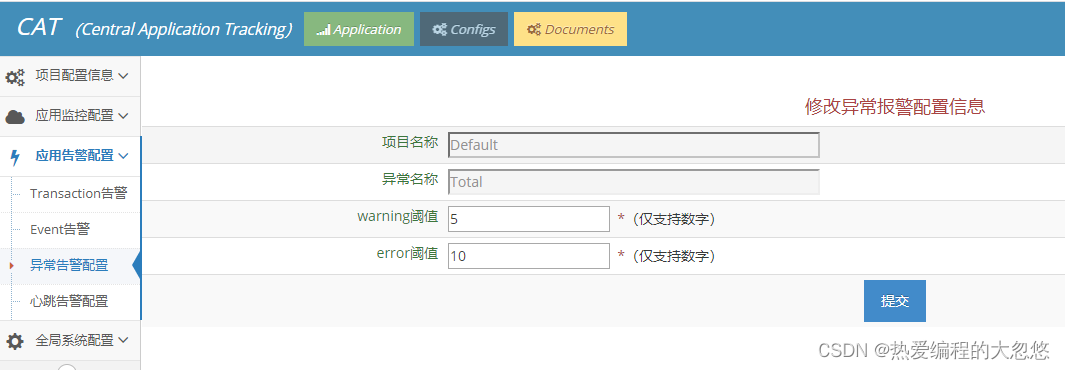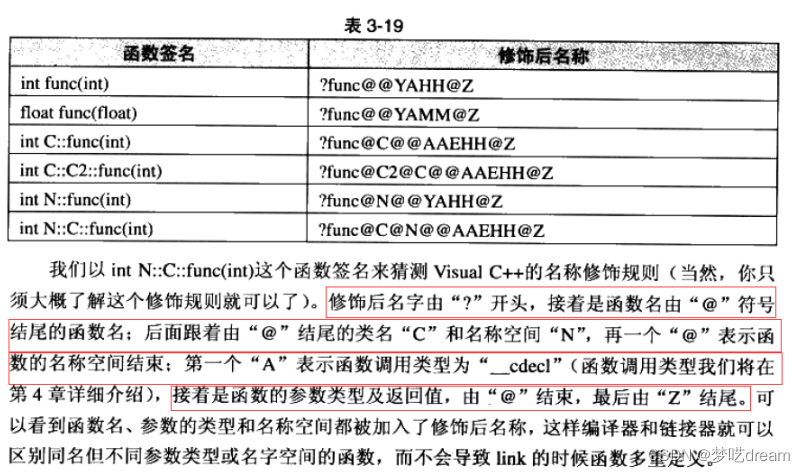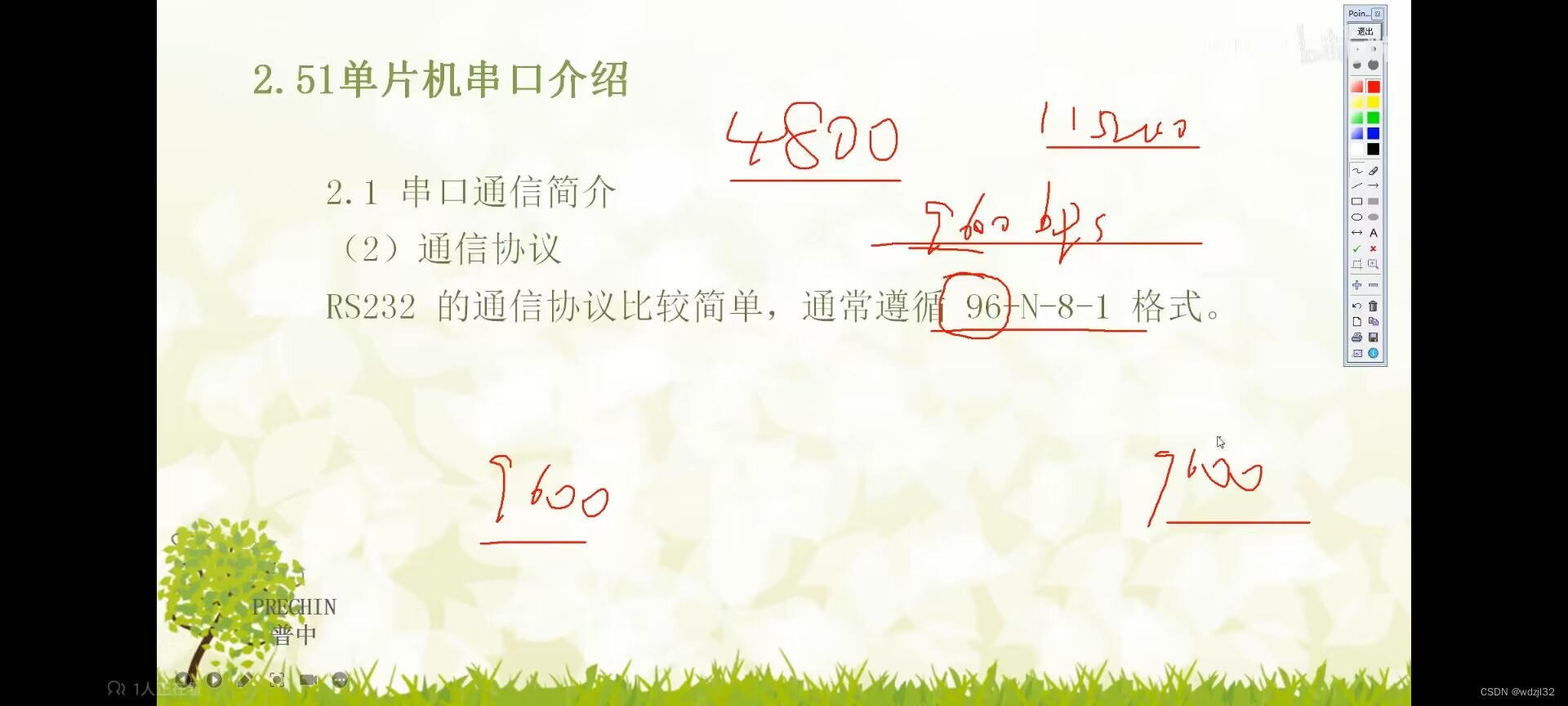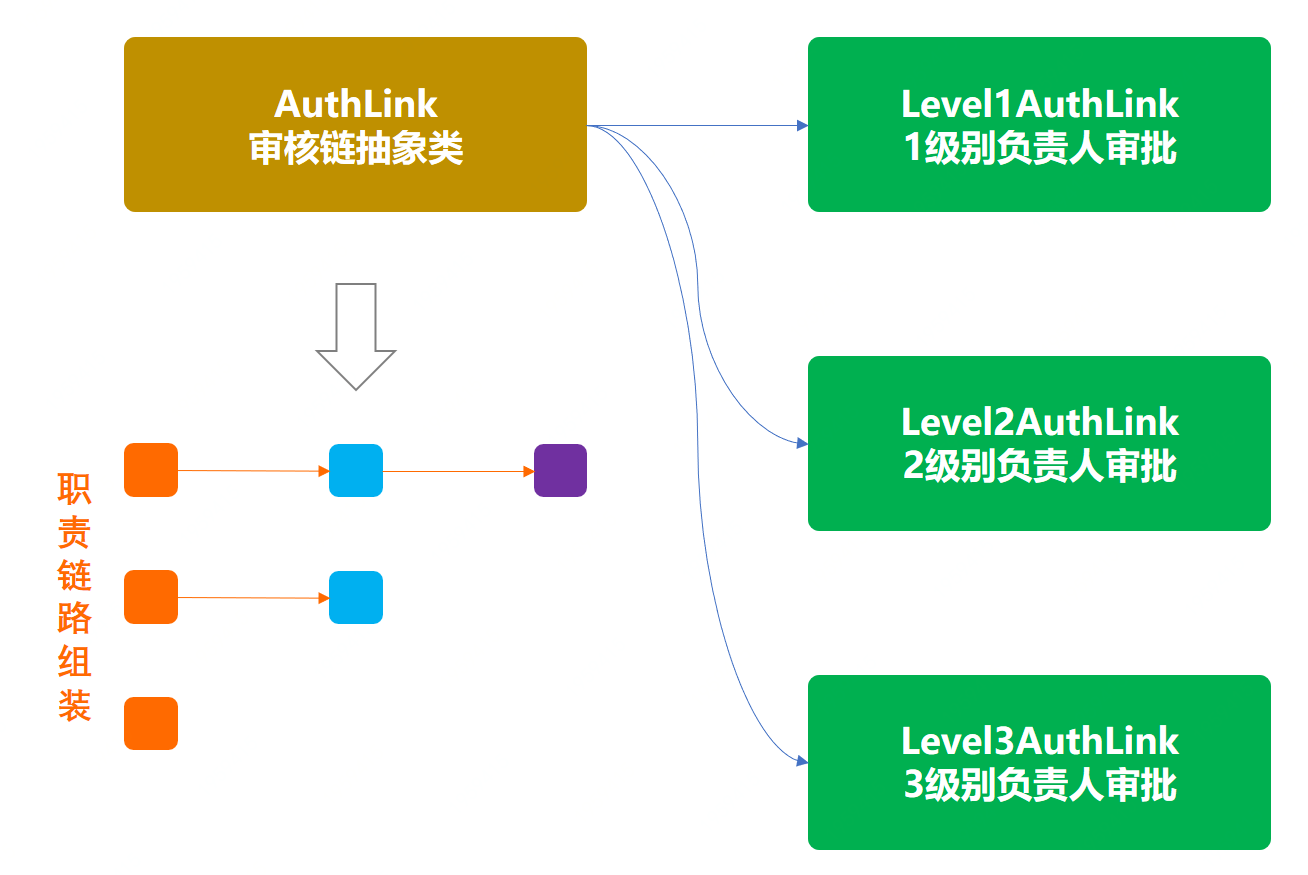准备工作:
模块名:mybatis-007-select
打包方式:jar
引入依赖:mysql驱动依赖、mybatis依赖、logback依赖、junit依赖。
引入配置文件:jdbc.properties、mybatis-config.xml、logback.xml
创建pojo类:Car
创建Mapper接口:CarMapper
创建Mapper接口对应的映射文件:com/powernode/mybatis/mapper/CarMapper.xml
创建单元测试:CarMapperTest
拷贝工具类:SqlSessionUtil
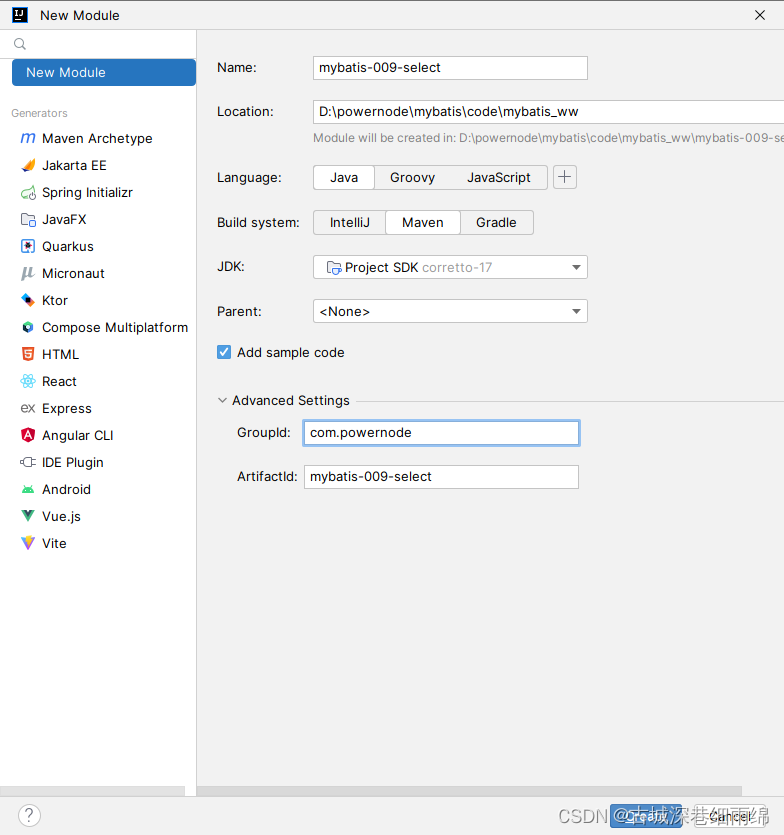

pom.xml
<?xml version="1.0" encoding="UTF-8"?>
<project xmlns="http://maven.apache.org/POM/4.0.0"
xmlns:xsi="http://www.w3.org/2001/XMLSchema-instance"
xsi:schemaLocation="http://maven.apache.org/POM/4.0.0 http://maven.apache.org/xsd/maven-4.0.0.xsd">
<modelVersion>4.0.0</modelVersion>
<groupId>com.powernode</groupId>
<artifactId>mybatis-008-select</artifactId>
<version>1.0-SNAPSHOT</version>
<packaging>jar</packaging>
<dependencies>
<dependency>
<groupId>org.mybatis</groupId>
<artifactId>mybatis</artifactId>
<version>3.5.10</version>
</dependency>
<dependency>
<groupId>mysql</groupId>
<artifactId>mysql-connector-java</artifactId>
<version>8.0.30</version>
</dependency>
<dependency>
<groupId>ch.qos.logback</groupId>
<artifactId>logback-classic</artifactId>
<version>1.2.11</version>
</dependency>
<dependency>
<groupId>junit</groupId>
<artifactId>junit</artifactId>
<version>4.13.2</version>
<scope>test</scope>
</dependency>
</dependencies>
<properties>
<maven.compiler.source>17</maven.compiler.source>
<maven.compiler.target>17</maven.compiler.target>
<project.build.sourceEncoding>UTF-8</project.build.sourceEncoding>
</properties>
</project>mybatis-config
<?xml version="1.0" encoding="UTF-8" ?>
<!DOCTYPE configuration
PUBLIC "-//mybatis.org//DTD Config 3.0//EN"
"http://mybatis.org/dtd/mybatis-3-config.dtd">
<configuration>
<properties resource="jdbc.properties"/>
<typeAliases>
<package name="com.powernode.mybatis.pojo"/>
</typeAliases>
<environments default="dev">
<environment id="dev">
<transactionManager type="JDBC"/>
<dataSource type="POOLED">
<property name="driver" value="${jdbc.driver}"/>
<property name="url" value="${jdbc.url}"/>
<property name="username" value="${jdbc.username}"/>
<property name="password" value="${jdbc.password}"/>
</dataSource>
</environment>
</environments>
<mappers>
<package name="com.powernode.mybatis.mapper"/>
</mappers>
</configuration>logback
<?xml version="1.0" encoding="UTF-8"?>
<configuration debug="false">
<!-- 控制台输出 -->
<appender name="STDOUT" class="ch.qos.logback.core.ConsoleAppender">
<encoder class="ch.qos.logback.classic.encoder.PatternLayoutEncoder">
<!--格式化输出:%d表示日期,%thread表示线程名,%-5level:级别从左显示5个字符宽度%msg:日志消息,%n是换行符-->
<pattern>%d{yyyy-MM-dd HH:mm:ss} [%thread] %-5level %logger{50} - %msg%n</pattern>
</encoder>
</appender>
<!--mybatis log configure-->
<logger name="com.apache.ibatis" level="TRACE"/>
<logger name="java.sql.Connection" level="DEBUG"/>
<logger name="java.sql.Statement" level="DEBUG"/>
<logger name="java.sql.PreparedStatement" level="DEBUG"/>
<!-- 日志输出级别,logback日志级别包括五个:TRACE < DEBUG < INFO < WARN < ERROR -->
<root level="DEBUG">
<appender-ref ref="STDOUT"/>
<appender-ref ref="FILE"/>
</root>
</configuration>jdbc.properties
<?xml version="1.0" encoding="UTF-8"?>
<configuration debug="false">
<!-- 控制台输出 -->
<appender name="STDOUT" class="ch.qos.logback.core.ConsoleAppender">
<encoder class="ch.qos.logback.classic.encoder.PatternLayoutEncoder">
<!--格式化输出:%d表示日期,%thread表示线程名,%-5level:级别从左显示5个字符宽度%msg:日志消息,%n是换行符-->
<pattern>%d{yyyy-MM-dd HH:mm:ss} [%thread] %-5level %logger{50} - %msg%n</pattern>
</encoder>
</appender>
<!--mybatis log configure-->
<logger name="com.apache.ibatis" level="TRACE"/>
<logger name="java.sql.Connection" level="DEBUG"/>
<logger name="java.sql.Statement" level="DEBUG"/>
<logger name="java.sql.PreparedStatement" level="DEBUG"/>
<!-- 日志输出级别,logback日志级别包括五个:TRACE < DEBUG < INFO < WARN < ERROR -->
<root level="DEBUG">
<appender-ref ref="STDOUT"/>
<appender-ref ref="FILE"/>
</root>
</configuration>CarMapper
package com.powernode.mybatis.mapper;
import com.powernode.mybatis.pojo.Car;
/**
* @author wuw
* @since 2023-04-11 10:13:56
*/
public interface CarMapper {
}Car
package com.powernode.mybatis.pojo;
/**
* @author wuw
* @since 2023-02-01 15:16:01
*/
public class Car {
//数据库表中的字段应该和pojo类的属性一一对应
private Long id;
private String carNum;
private String brand;
private Double guidePrice;
private String produceTime;
private String carType;
public Car(Long id, String carNum, String brand, Double guidePrice, String produceTime, String carType) {
this.id = id;
this.carNum = carNum;
this.brand = brand;
this.guidePrice = guidePrice;
this.produceTime = produceTime;
this.carType = carType;
}
public Car(){
}
public Long getId() {
return id;
}
public void setId(Long id) {
this.id = id;
}
public String getCarNum() {
return carNum;
}
public void setCarNum(String carNum) {
this.carNum = carNum;
}
public String getBrand() {
return brand;
}
public void setBrand(String brand) {
this.brand = brand;
}
public Double getGuidePrice() {
return guidePrice;
}
public void setGuidePrice(Double guidePrice) {
this.guidePrice = guidePrice;
}
public String getProduceTime() {
return produceTime;
}
public void setProduceTime(String produceTime) {
this.produceTime = produceTime;
}
public String getCarType() {
return carType;
}
public void setCarType(String carType) {
this.carType = carType;
}
@Override
public String toString() {
return "car{" +
"id=" + id +
", carNum='" + carNum + '\'' +
", brand='" + brand + '\'' +
", guidePrice=" + guidePrice +
", produceTime='" + produceTime + '\'' +
", carType='" + carType + '\'' +
'}';
}
}
SqlSessionUtil
package com.powernode.mybatis.utils;
import org.apache.ibatis.io.Resources;
import org.apache.ibatis.session.SqlSession;
import org.apache.ibatis.session.SqlSessionFactory;
import org.apache.ibatis.session.SqlSessionFactoryBuilder;
/**
* @author wuw
* @since 2023-04-04 09:42:28
*/
public class SqlSessionUtil {
private static SqlSessionFactory sqlSessionFactory;
/**
* 类加载时初始化sqlSessionFactory对象
*/
static {
try {
SqlSessionFactoryBuilder sqlSessionFactoryBuilder = new SqlSessionFactoryBuilder();
sqlSessionFactory = sqlSessionFactoryBuilder.build(Resources.getResourceAsStream("mybatis-config.xml"));
} catch (Exception e) {
e.printStackTrace();
}
}
private static ThreadLocal<SqlSession> local = new ThreadLocal<>();
/**
* 每调用一次openSession()可获取一个新的会话,该会话支持自动提交。
*
* @return 新的会话对象
*/
public static SqlSession openSession() {
SqlSession sqlSession = local.get();
if (sqlSession == null) {
sqlSession = sqlSessionFactory.openSession();
local.set(sqlSession);
}
return sqlSession;
}
/**
* 关闭SqlSession对象
* @param sqlSession
*/
public static void close(SqlSession sqlSession){
if (sqlSession != null) {
sqlSession.close();
}
local.remove();
}
}
CarMapper.xml
<?xml version="1.0" encoding="UTF-8" ?>
<!DOCTYPE mapper
PUBLIC "-//mybatis.org//DTD Mapper 3.0//EN"
"http://mybatis.org/dtd/mybatis-3-mapper.dtd">
<mapper namespace="com.powernode.mybatis.mapper.CarMapper">
</mapper>一、返回Car
当查询的结果,有对应的实体类,并且查询结果只有一条时:
第一步、CarMapper接口
package com.powernode.mybatis.mapper;
import com.powernode.mybatis.pojo.Car;
/**
* @author wuw
* @since 2023-04-11 10:13:56
*/
public interface CarMapper {
/**
* 根据Id查Car信息
* @param Id
* @return
*/
Car selectById(Long Id);
}
第二步、CarMapper.xml
<?xml version="1.0" encoding="UTF-8" ?>
<!DOCTYPE mapper
PUBLIC "-//mybatis.org//DTD Mapper 3.0//EN"
"http://mybatis.org/dtd/mybatis-3-mapper.dtd">
<mapper namespace="com.powernode.mybatis.mapper.CarMapper">
<select id="selectById" resultType="Car">
select id,car_num carNum,brand,guide_price guidePrice,produce_time produceTime,car_type carType from t_car where id = #{id}
</select>
</mapper>第三步、运行测试类
package com.powernode.mybatis.test;
import com.powernode.mybatis.mapper.CarMapper;
import com.powernode.mybatis.pojo.Car;
import com.powernode.mybatis.utils.SqlSessionUtil;
import org.junit.Test;
public class CarMapperTest {
@Test
public void testSelectById(){
CarMapper mapper = SqlSessionUtil.openSession().getMapper(CarMapper.class);
Car car = mapper.selectById(10L);
System.out.println(car);
}
}
第四步、执行结果

查询结果是一条的话可以使用List集合接收吗?当然可以。
第一步、CarMapper接口
/**
* 根据id主键查询:结果最多只有一条,可以放到List集合中吗?
* @return
*/
List<Car> selectByIdToList(Long id);第二步、CarMapper.xml
<select id="selectByIdToList" resultType="Car">
select id,car_num carNum,brand,guide_price guidePrice,produce_time produceTime,car_type carType from t_car where id = #{id}
</select>第三步、运行测试类
@Test
public void testSelectByIdToList(){
CarMapper mapper = SqlSessionUtil.openSession().getMapper(CarMapper.class);
List<Car> cars = mapper.selectByIdToList(9L);
System.out.println(cars);
}第四步、执行结果

二、返回List<Car>
当查询的记录条数是多条的时候,必须使用集合接收。如果使用单个实体类接收会出现异常。
第一步、CarMapper接口
/**
* 查询所有的Car
* @return
*/
List<Car> selectAll();第二步、CarMapper.xml
<select id="selectAll" resultType="Car">
select id,car_num carNum,brand,guide_price guidePrice,produce_time produceTime,car_type carType from t_car
</select>第三步、运行测试类方法
@Test
public void testSelectAll(){
CarMapper mapper = SqlSessionUtil.openSession().getMapper(CarMapper.class);
List<Car> cars = mapper.selectAll();
cars.forEach(car -> System.out.println(car));
}第四步、查看执行结果

如果返回多条记录,采用单个实体类接收会怎样?
第一步、CarMapper接口
/**
* 查询多条记录,采用单个实体类接收会怎样?
* @return
*/
Car selectAll2();第二步、CarMapper.xml
<select id="selectAll2" resultType="Car">
select id,car_num carNum,brand,guide_price guidePrice,produce_time produceTime,car_type carType from t_car
</select>第三步、运行测试类方法
@Test
public void testSelectAll2(){
CarMapper mapper = SqlSessionUtil.openSession().getMapper(CarMapper.class);
Car car = mapper.selectAll2();
System.out.println(car);
}第四步、查看执行结果
 三、返回Map
三、返回Map
当返回的数据,没有合适的实体类对应的话,可以采用Map集合接收。字段名做key,字段值做value。
查询如果可以保证只有一条数据,则返回一个Map集合即可。
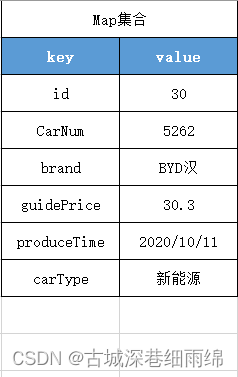
第一步、CarMapper接口
/**
* 通过id查询一条记录,返回Map集合
* @param id
* @return
*/
Map<String, Object> selectByIdRetMap(Long id);第二步、CarMapper.xml
<select id="selectByIdRetMap" resultType="map">
select id,car_num carNum,brand,guide_price guidePrice,produce_time produceTime,car_type carType from t_car where id = #{id}
</select>resultMap="map",这是因为mybatis内置了很多别名。【参见mybatis开发手册】
第三步、运行测试类方法
@Test
public void testSelectByIdRetMap(){
CarMapper mapper = SqlSessionUtil.openSession().getMapper(CarMapper.class);
Map<String,Object> car = mapper.selectByIdRetMap(31L);
System.out.println(car);
}第四步、查看执行结果

当然,如果返回一个Map集合,可以将Map集合放到List集合中吗?当然可以,这里就不再测试了。
反过来,如果返回的不是一条记录,是多条记录的话,只采用单个Map集合接收,这样同样会出现之前的异常:TooManyResultsException
四、List<Map>
查询结果条数大于等于1条数据,则可以返回一个存储Map集合的List集合。List<Map>等同于List<Car>

第一步、CarMapper接口
/**
* 查询所有的Car,返回一个List集合。List集合中存储的是Map集合。
* @return
*/
List<Map<String,Object>> selectAllRetListMap();第二步、CarMapper.xml
<select id="selectAllRetListMap" resultType="map">
select id,car_num carNum,brand,guide_price guidePrice,produce_time produceTime,car_type carType from t_car
</select>第三步、运行测试类方法
@Test
public void testSelectAllRetListMap(){
CarMapper mapper = SqlSessionUtil.openSession().getMapper(CarMapper.class);
List<Map<String,Object>> cars = mapper.selectAllRetListMap();
System.out.println(cars);
}第四步、 查看执行结果

五、返回Map<String,Map>
拿Car的id做key,以后取出对应的Map集合时更方便

第一步、CarMapper接口
/**
* 获取所有的Car,返回一个Map集合。
* Map集合的key是Car的id。
* Map集合的value是对应Car。
* @return
*/
@MapKey("id")
Map<Long,Map<String,Object>> selectAllRetMap();第二步、CarMapper.xml
<select id="selectAllRetMap" resultType="map">
select id,car_num carNum,brand,guide_price guidePrice,produce_time produceTime,car_type carType from t_car
</select>第三步、运行测试类方法
@Test
public void testSelectAllRetMap(){
CarMapper mapper = SqlSessionUtil.openSession().getMapper(CarMapper.class);
Map<Long,Map<String,Object>> cars = mapper.selectAllRetMap();
System.out.println(cars);
}第四步、 查看执行结果

六、resultMap结果映射
查询结果的列名和java对象的属性名对应不上怎么办?
- 第一种方式:as 给列起别名
- 第二种方式:使用resultMap进行结果映射
- 第三种方式:是否开启驼峰命名自动映射(配置settings)
之前用的第一种方式,现在介绍一下第二和第三种方式
使用resultMap进行结果映射
第一步、CarMapper接口
/**
* 查询所有Car,使用resultMap进行结果映射
* @return
*/
List<Car> selectAllByResultMap();第二步、CarMapper.xml
<!--
resultMap:
id:这个结果映射的标识,作为select标签的resultMap属性的值。
type:结果集要映射的类。可以使用别名。
-->
<resultMap id="carResultMap" type="car">
<!--对象的唯一标识,官方解释是:为了提高mybatis的性能。建议写上。-->
<id property="id" column="id"/>
<result property="carNum" column="car_num"/>
<!--当属性名和数据库列名一致时,可以省略。但建议都写上。-->
<!--javaType用来指定属性类型。jdbcType用来指定列类型。一般可以省略。-->
<result property="brand" column="brand" javaType="string" jdbcType="VARCHAR"/>
<result property="guidePrice" column="guide_price"/>
<result property="produceTime" column="produce_time"/>
<result property="carType" column="car_type"/>
</resultMap>
<!--resultMap属性的值必须和resultMap标签中id属性值一致。-->
<select id="selectAllByResultMap" resultMap="carResultMap">
select * from t_car
</select>第三步、运行测试类方法
@Test
public void testSelectAllByResultMap(){
CarMapper carMapper = SqlSessionUtil.openSession().getMapper(CarMapper.class);
List<Car> cars = carMapper.selectAllByResultMap();
System.out.println(cars);
}第四步、查看执行结果

执行结果正常。
是否开启驼峰命名自动映射
使用这种方式的前提是:属性名遵循Java的命名规范,数据库表的列名遵循SQL的命名规范。
Java命名规范:首字母小写,后面每个单词首字母大写,遵循驼峰命名方式。
SQL命名规范:全部小写,单词之间采用下划线分割。
比如以下的对应关系:
| 实体类中的属性名 | 数据库表的列名 |
| carNum | car_num |
| carType | car_type |
| produceTime | produce_time |
如何启用该功能,在mybatis-config.xml文件中进行配置:
<!--放在properties标签后面-->
<settings>
<setting name="mapUnderscoreToCamelCase" value="true"/>
</settings>第一步、CarMapper接口
/**
* 查询所有Car,启用驼峰命名自动映射
* @return
*/
List<Car> selectAllByMapUnderscoreToCamelCase();第二步、CarMapper.xml配置文件
<select id="selectAllByMapUnderscoreToCamelCase" resultType="Car">
select * from t_car
</select>第三步、运行测试类方法
@Test
public void testSelectAllByMapUnderscoreToCamelCase(){
CarMapper carMapper = SqlSessionUtil.openSession().getMapper(CarMapper.class);
List<Car> cars = carMapper.selectAllByMapUnderscoreToCamelCase();
System.out.println(cars);
}第四步、查看执行结果

执行结果正常。
七、返回总记录条数
需求:查询总记录条数
第一步、CarMapper接口
/**
* 获取总记录条数
* @return
*/
Long selectTotal();第二步、carMapper.xml
<!--long是别名,可参考mybatis开发手册。-->
<select id="selectTotal" resultType="long">
select count(*) from t_car
</select>第三步、运行测试类方法
@Test
public void testSelectTotal(){
CarMapper carMapper = SqlSessionUtil.openSession().getMapper(CarMapper.class);
Long total = carMapper.selectTotal();
System.out.println(total);
}第四步、查看执行结果


